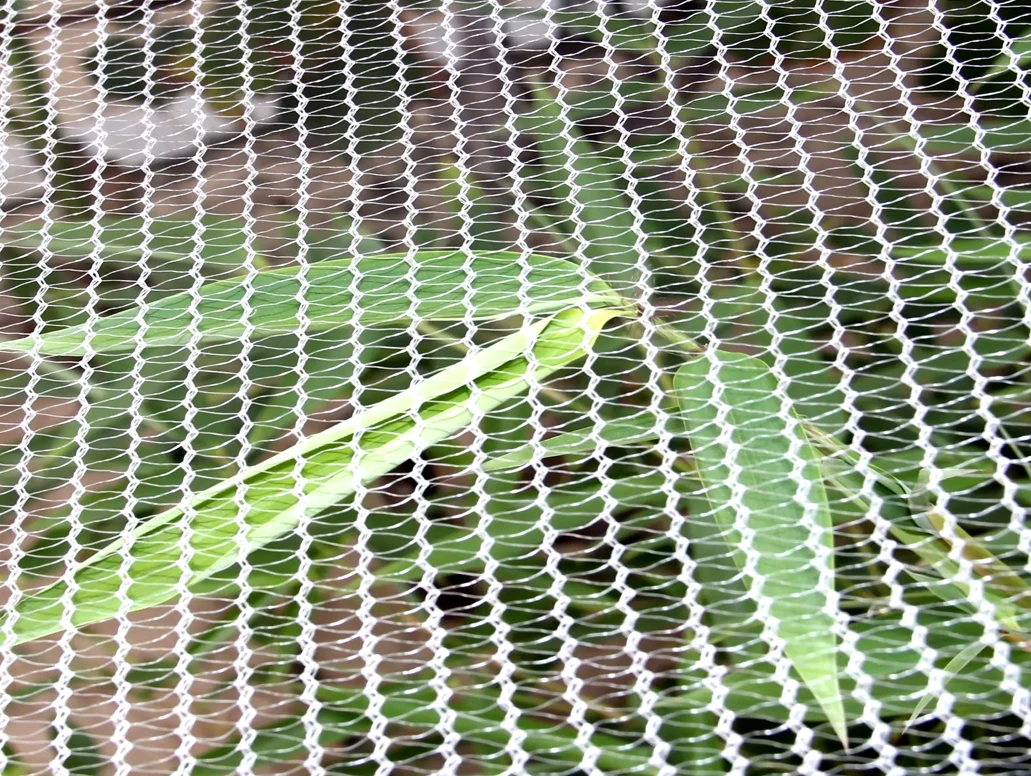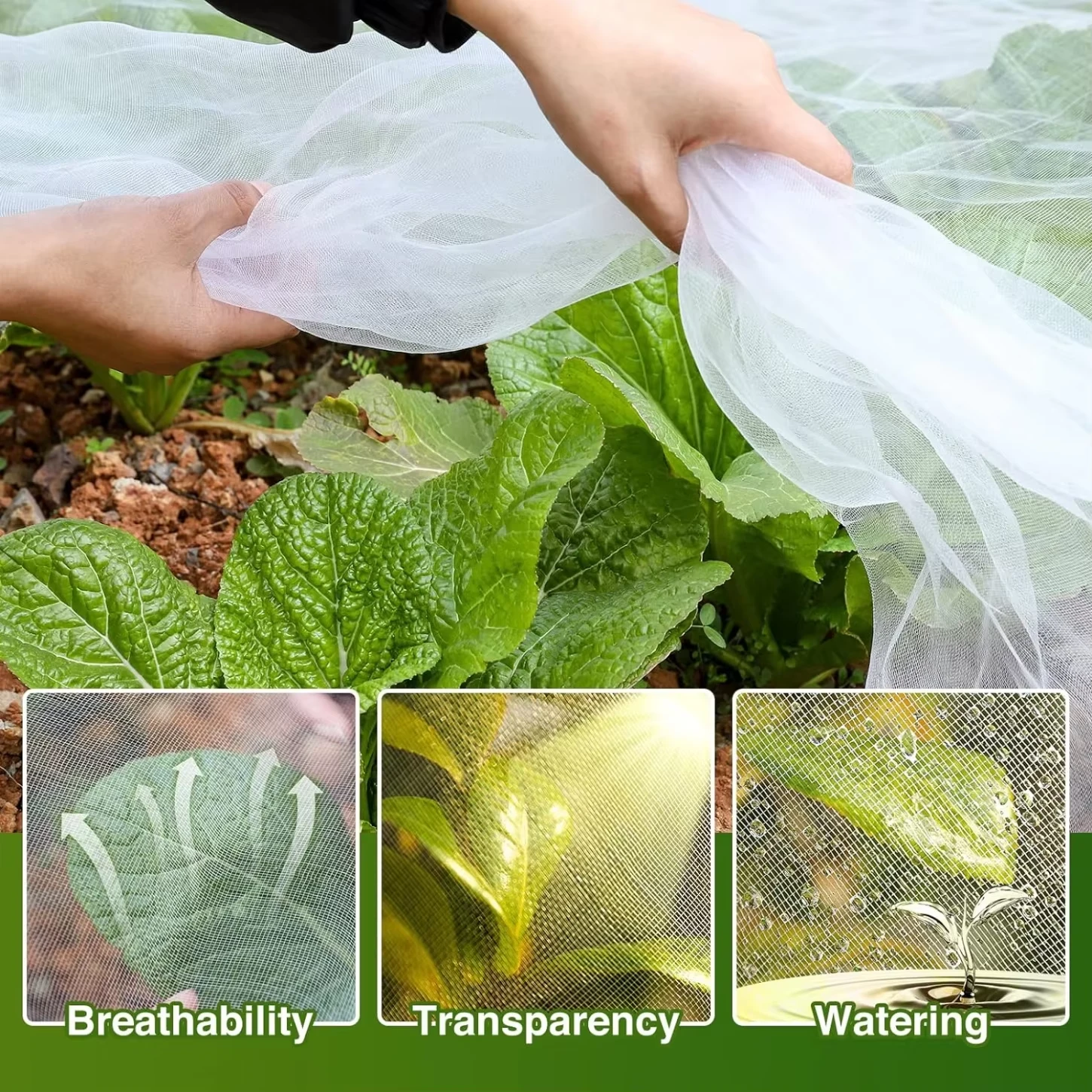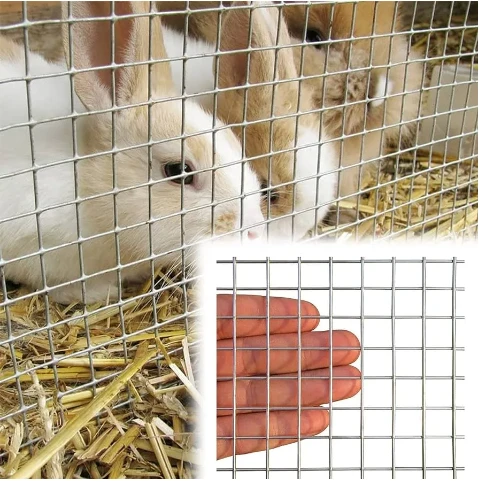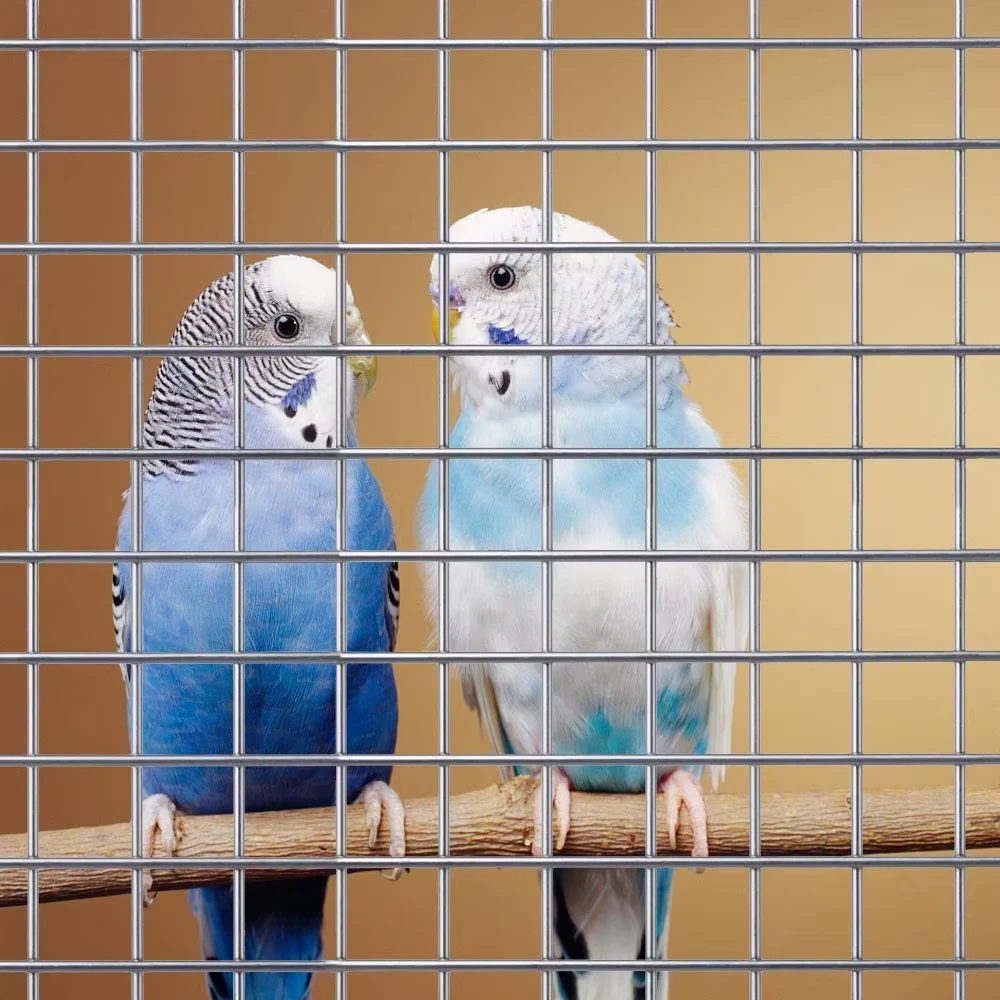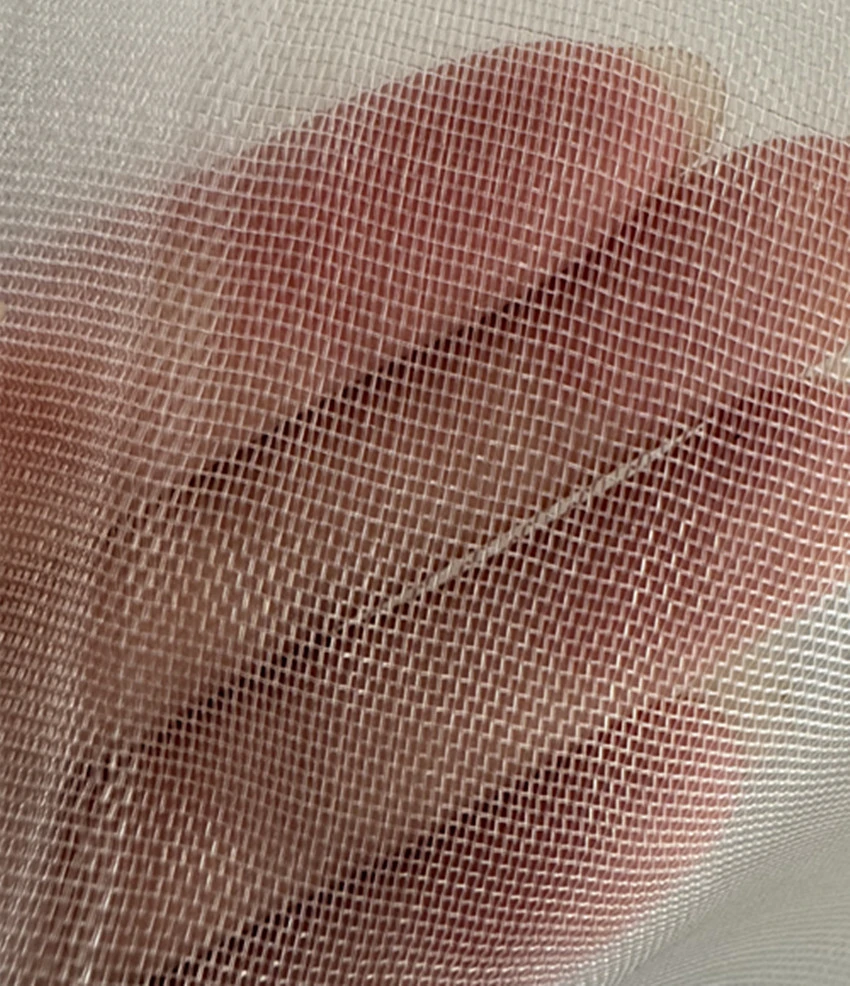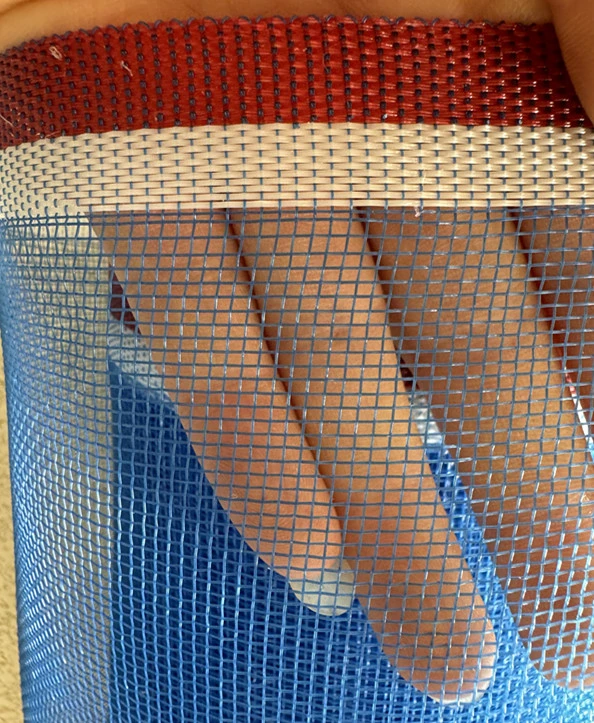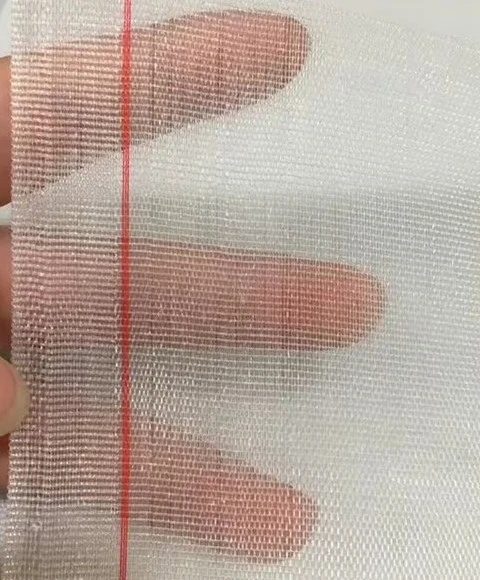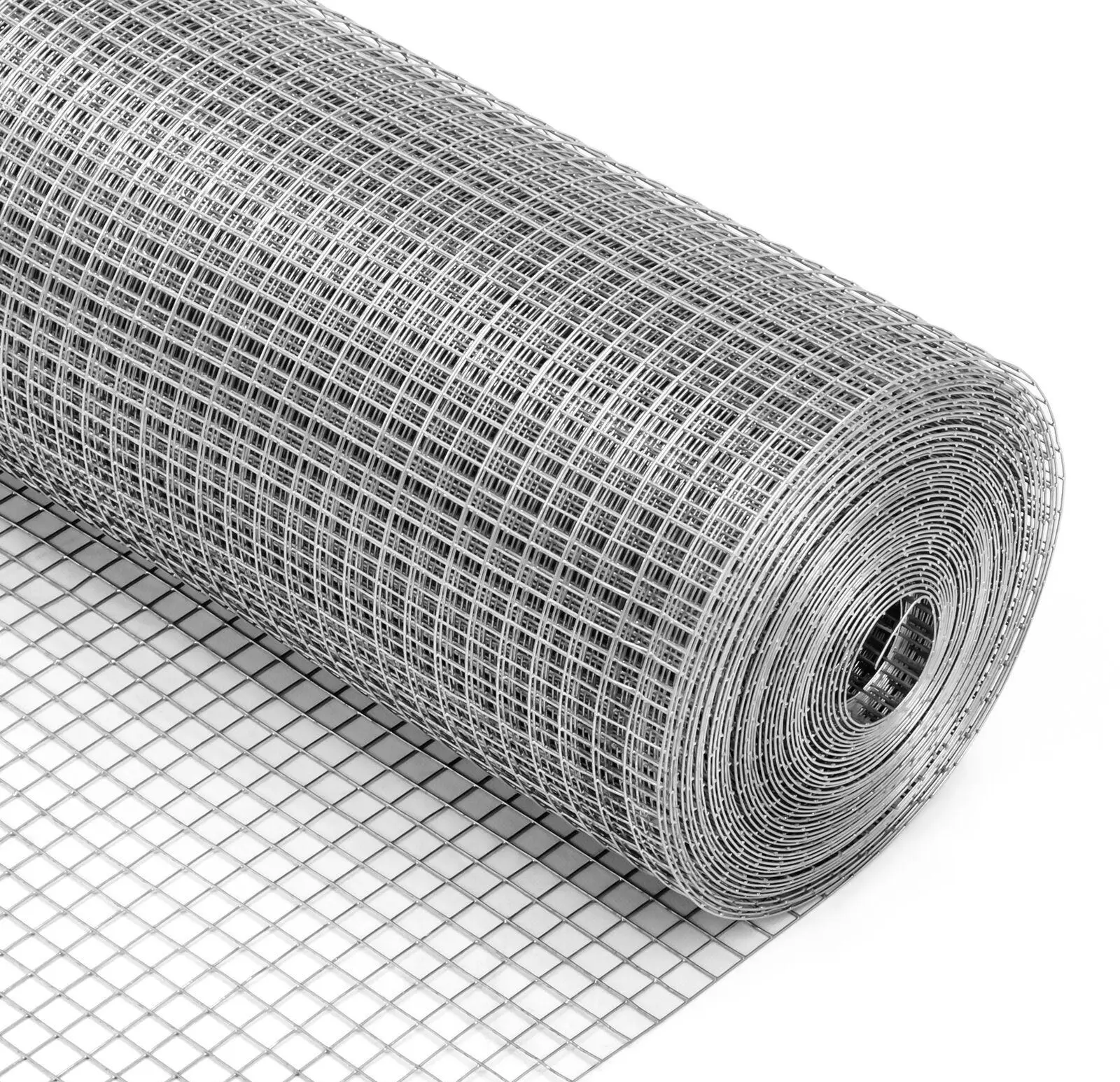-
 Afrikaans
Afrikaans -
 Albanian
Albanian -
 Amharic
Amharic -
 Arabic
Arabic -
 Armenian
Armenian -
 Azerbaijani
Azerbaijani -
 Basque
Basque -
 Belarusian
Belarusian -
 Bengali
Bengali -
 Bosnian
Bosnian -
 Bulgarian
Bulgarian -
 Catalan
Catalan -
 Cebuano
Cebuano -
 China
China -
 Corsican
Corsican -
 Croatian
Croatian -
 Czech
Czech -
 Danish
Danish -
 Dutch
Dutch -
 English
English -
 Esperanto
Esperanto -
 Estonian
Estonian -
 Finnish
Finnish -
 French
French -
 Frisian
Frisian -
 Galician
Galician -
 Georgian
Georgian -
 German
German -
 Greek
Greek -
 Gujarati
Gujarati -
 Haitian Creole
Haitian Creole -
 hausa
hausa -
 hawaiian
hawaiian -
 Hebrew
Hebrew -
 Hindi
Hindi -
 Miao
Miao -
 Hungarian
Hungarian -
 Icelandic
Icelandic -
 igbo
igbo -
 Indonesian
Indonesian -
 irish
irish -
 Italian
Italian -
 Japanese
Japanese -
 Javanese
Javanese -
 Kannada
Kannada -
 kazakh
kazakh -
 Khmer
Khmer -
 Rwandese
Rwandese -
 Korean
Korean -
 Kurdish
Kurdish -
 Kyrgyz
Kyrgyz -
 Lao
Lao -
 Latin
Latin -
 Latvian
Latvian -
 Lithuanian
Lithuanian -
 Luxembourgish
Luxembourgish -
 Macedonian
Macedonian -
 Malgashi
Malgashi -
 Malay
Malay -
 Malayalam
Malayalam -
 Maltese
Maltese -
 Maori
Maori -
 Marathi
Marathi -
 Mongolian
Mongolian -
 Myanmar
Myanmar -
 Nepali
Nepali -
 Norwegian
Norwegian -
 Norwegian
Norwegian -
 Occitan
Occitan -
 Pashto
Pashto -
 Persian
Persian -
 Polish
Polish -
 Portuguese
Portuguese -
 Punjabi
Punjabi -
 Romanian
Romanian -
 Russian
Russian -
 Samoan
Samoan -
 Scottish Gaelic
Scottish Gaelic -
 Serbian
Serbian -
 Sesotho
Sesotho -
 Shona
Shona -
 Sindhi
Sindhi -
 Sinhala
Sinhala -
 Slovak
Slovak -
 Slovenian
Slovenian -
 Somali
Somali -
 Spanish
Spanish -
 Sundanese
Sundanese -
 Swahili
Swahili -
 Swedish
Swedish -
 Tagalog
Tagalog -
 Tajik
Tajik -
 Tamil
Tamil -
 Tatar
Tatar -
 Telugu
Telugu -
 Thai
Thai -
 Turkish
Turkish -
 Turkmen
Turkmen -
 Ukrainian
Ukrainian -
 Urdu
Urdu -
 Uighur
Uighur -
 Uzbek
Uzbek -
 Vietnamese
Vietnamese -
 Welsh
Welsh -
 Bantu
Bantu -
 Yiddish
Yiddish -
 Yoruba
Yoruba -
 Zulu
Zulu
Premium Sunshade Net: UV Protection & Cooling Solutions
Understanding Advanced sunshade net Solutions for Modern Applications
In contemporary agriculture, horticulture, and various industrial applications, managing light exposure and temperature is paramount for optimal growth, protection, and operational efficiency. The strategic deployment of a high-quality sunshade net offers a robust and cost-effective solution to these environmental challenges. Specifically, products like the "Outdoor UV Protection Sun Shade Net Agricultural Shade 50% Shade Net with Grommets" represent the pinnacle of engineered textiles designed for durability, performance, and ease of installation. This technical deep dive explores the critical aspects of modern shading solutions, encompassing industry trends, intricate technical parameters, diverse application scenarios, and the inherent advantages these advanced materials bring to various sectors. Our aim is to provide B2B decision-makers and technical personnel with a comprehensive understanding necessary to make informed procurement and implementation choices, ensuring long-term value and sustained performance.
The demand for resilient agricultural infrastructure and comfortable outdoor spaces continues to drive innovation in shade technology. As climate patterns become more unpredictable, the capacity to control solar radiation, mitigate extreme temperatures, and protect valuable assets from harmful UV rays positions the sunshade net as an indispensable tool. This article will delve into the manufacturing excellence, rigorous testing standards, and real-world performance metrics that define premium shading products, offering insights that extend beyond basic product specifications to deliver a holistic view of their strategic importance.
Industry Trends and the Evolving Role of Sunshade Net Technology
The global agricultural sector is increasingly focused on sustainable practices and climate resilience. This shift directly correlates with a rising demand for specialized protective textiles, including advanced sunshade net solutions. Key trends include the expansion of protected cultivation areas, the adoption of smart farming technologies that integrate environmental control, and a growing emphasis on resource efficiency, particularly water conservation. Manufacturers are responding by developing nets with enhanced UV stabilization, optimized shade factors, and improved material longevity, extending product lifecycles and reducing the ecological footprint associated with frequent replacements.
Beyond traditional agriculture, the application of sunshade net extends to urban landscaping, construction sites for dust and debris control, and even in aquaculture for controlling algae growth and protecting fish from avian predators. The market is also seeing a diversification in shade net colors, each optimized for specific light spectrum manipulation, influencing plant photosynthesis or aesthetic appeal. For instance, white or silver nets reflect more light and heat, contributing to cooler environments, while black nets offer maximum shade. The integration of grommets, as seen in the "Outdoor UV Protection Sun Shade Net Agricultural Shade 50% Shade Net with Grommets" product, exemplifies a trend towards user-friendly installation and enhanced durability, making these solutions accessible and effective for a wider range of professional and industrial users.
Technical Parameters and Specifications of High-Performance Sunshade Net
The efficacy of a sunshade net is determined by a suite of critical technical parameters. Understanding these specifications is essential for selecting the appropriate net for a given application. The most crucial parameter is the "Shade Factor," which indicates the percentage of sunlight blocked by the net. For example, a 50% shade net, such as the "Outdoor UV Protection Sun Shade Net Agricultural Shade 50% Shade Net with Grommets," reduces solar radiation by half, making it ideal for crops requiring moderate shade or for general-purpose protection in various outdoor settings. Other key parameters include material composition, typically high-density polyethylene (HDPE), known for its chemical inertness, tear resistance, and strength-to-density ratio.
"UV Stabilization" is another vital technical aspect, ensuring the net's longevity under prolonged solar exposure. Premium nets incorporate UV inhibitors during the manufacturing process, preventing degradation from ultraviolet radiation, which can otherwise lead to brittleness and premature failure. The "Denier" or yarn thickness, and the "GSM" (grams per square meter) indicate the material density and overall robustness. Higher GSM often correlates with greater durability and tear resistance. Furthermore, the presence of reinforced edges and rust-proof grommets significantly enhances the net's structural integrity and facilitates secure installation. These technical specifications collectively define the net's performance capabilities and suitability for diverse environmental conditions and operational demands.

Key Specifications of Premium Sunshade Nets
| Parameter | Description | Typical Range (for 50% Shade Net) | Benefit |
|---|---|---|---|
| Shade Factor | Percentage of sunlight blocked. | 30% - 90% (e.g., 50%) | Optimized light management for specific crops/needs. |
| Material | Primary polymer used in manufacturing. | Virgin High-Density Polyethylene (HDPE) | Durability, chemical resistance, light weight. |
| UV Stabilization | Inclusion of UV inhibitors to prevent degradation. | 3% - 5% UV additive by weight | Extended lifespan (5+ years), maintains integrity. |
| GSM (Grams per Sq. Meter) | Weight density of the fabric. | 80 GSM - 300 GSM (e.g., 100-150 GSM for 50%) | Indicates material robustness and tear strength. |
| Weave Type | Knitted or Woven construction. | Knitted (mono-filament or tape yarn) | Prevents unraveling, good airflow, flexible. |
| Grommet Material | Material of the eyelets for attachment. | Brass, Stainless Steel, or Reinforced Plastic | Corrosion resistance, secure mounting, enhanced durability. |
| Lifespan | Expected functional duration under normal use. | 3 - 10 years, depending on UV stabilization and environment. | Long-term cost efficiency and reliability. |
The Meticulous Manufacturing Process of Sunshade Nets
The production of a high-performance sunshade net is a sophisticated industrial process, crucial for achieving uniform shade, exceptional durability, and extended lifespan. It primarily involves the extrusion of virgin High-Density Polyethylene (HDPE) granules, mixed with precise quantities of UV stabilizers and color pigments. These raw materials are fed into an extruder, where they are melted and forced through a die to form continuous monofilament or tape yarns. The choice between monofilament (round, smooth yarns) and tape yarns (flat, ribbon-like yarns) impacts the net's weight, strength, and airflow characteristics. For instance, knitted nets, common for their resistance to unraveling, often utilize a combination of these yarn types.
Following extrusion, the yarns undergo a specialized knitting or weaving process on advanced machinery, creating a uniform mesh structure. The knitting process, using techniques like Raschel or Leno weave, is particularly advantageous as it allows for partial tearing without total unraveling, making repairs easier and enhancing the net's resilience. Post-knitting, the net fabric is often heat-set to stabilize its dimensions and prevent shrinkage. Edge reinforcement, typically with additional webbing or strong selvage edges, is then applied to increase tear strength, especially where grommets will be installed. Finally, the installation of rust-resistant grommets, meticulously spaced, ensures easy and secure attachment. Throughout this entire manufacturing chain, adherence to international standards such as ISO 9001 for quality management and rigorous internal testing, including accelerated weathering tests for UV resistance and tensile strength tests, ensures that the finished sunshade net meets the highest performance benchmarks.

Diverse Application Scenarios and Technical Advantages of Sunshade Nets
The versatility of modern sunshade nets allows for their effective deployment across a multitude of industries and applications, providing significant technical advantages. In agriculture, they are crucial for protecting sensitive crops like vegetables, flowers, and fruits from excessive solar radiation, reducing heat stress, and preventing sunburn, ultimately leading to improved yields and quality. For example, a 50% shade net is optimal for mitigating heat in summer while allowing sufficient light for photosynthesis. In greenhouses, integrating shade nets helps regulate internal temperatures, reduces the need for costly cooling systems, and optimizes light distribution, leading to energy savings.
Beyond agriculture, these nets find extensive use in horticulture for nurseries and plant propagation, creating ideal microclimates. In animal husbandry, they provide essential shade for livestock and poultry, preventing heatstroke and improving animal welfare, which directly impacts productivity. Construction sites utilize sunshade nets for scaffolding enclosures, offering dust and debris containment while allowing airflow. Residential and commercial applications include covering patios, carports, and recreational areas, delivering comfortable shade and UV protection. The primary technical advantages include superior UV resistance, promoting extended product life; excellent air permeability to prevent heat build-up; and resistance to tearing and fraying due to robust knitted constructions. The inherent anti-corrosion properties of HDPE ensure that these nets perform reliably in diverse climatic conditions, making them a durable and sustainable investment.

Customized Solutions and Vendor Comparison for Sunshade Net Procurement
Selecting the right manufacturer for sunshade net products is critical for ensuring product quality, performance, and long-term cost-effectiveness. While many vendors offer shade nets, key differentiators lie in their material sourcing, manufacturing precision, adherence to international quality standards (e.g., ISO 9001), and the extent of their customization capabilities. A reputable manufacturer will provide comprehensive technical data sheets, including details on shade factor accuracy, UV stabilization levels, tear strength, and expected lifespan under various climatic conditions. Furthermore, the availability of third-party certifications, such as SGS reports for UV resistance or material purity, adds a layer of assurance regarding product authenticity and performance claims.
Customization is a significant advantage for B2B clients, allowing for solutions perfectly tailored to specific project requirements. This includes variations in shade percentage (e.g., from 30% to 90%), custom dimensions and roll sizes, specific colors optimized for different light spectrums, and bespoke grommet placement or reinforced edging for particular installation methods. Manufacturers who excel in this area demonstrate greater flexibility and understanding of diverse client needs, moving beyond off-the-shelf products. When comparing vendors, consider their service history, technical support availability, and ability to meet large-scale order demands efficiently. Transparency in the manufacturing process and a willingness to provide detailed product samples for pre-purchase evaluation are also strong indicators of a reliable and authoritative supplier in the specialized field of engineered textiles like the "Outdoor UV Protection Sun Shade Net Agricultural Shade 50% Shade Net with Grommets."
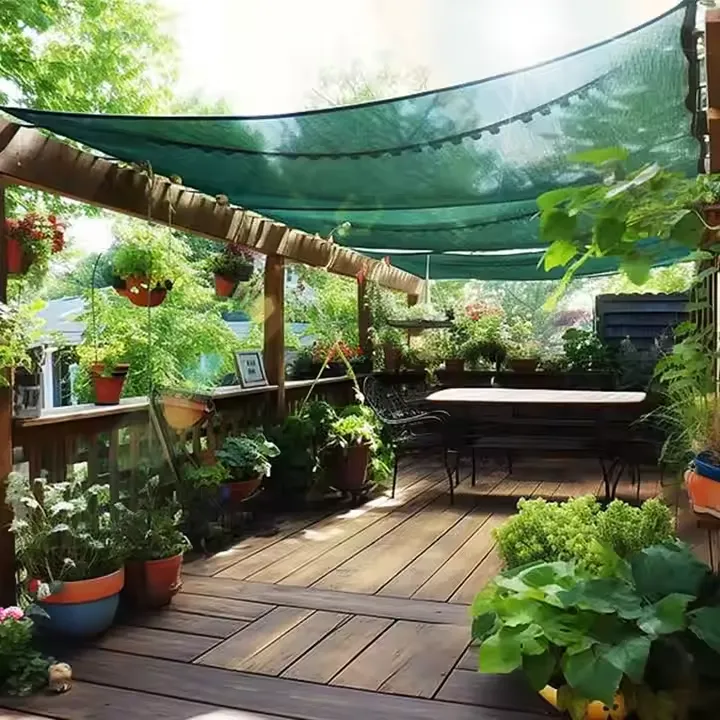
Real-World Application Cases and Performance Insights
The practical deployment of high-quality sunshade nets consistently demonstrates their value in optimizing environmental conditions and protecting assets. For instance, a large-scale commercial farm in the arid regions of Arizona implemented 70% shade nets over their bell pepper crops. This intervention reduced the canopy temperature by an average of 5°C during peak summer months, mitigating heat stress and resulting in a 15% increase in marketable yield compared to control plots. The UV-stabilized HDPE material ensured the nets withstood intense solar radiation for five growing seasons without significant degradation, confirming their long-term durability and cost-effectiveness.
Another notable case involves a poultry farm in Southeast Asia utilizing 50% sunshade nets to cover their open-sided poultry houses. This significantly reduced ambient temperatures within the structures, leading to a noticeable decrease in heat-related mortality rates and improved feed conversion ratios among the birds. The integrated grommets facilitated quick and secure installation, proving crucial in managing rapid environmental changes. These instances underscore how strategically chosen and expertly manufactured shade nets, such as the "Outdoor UV Protection Sun Shade Net Agricultural Shade 50% Shade Net with Grommets," deliver tangible benefits, from enhanced agricultural productivity and animal welfare to improved operational efficiencies in challenging environments.
Frequently Asked Questions (FAQ) about Sunshade Nets
-
Q1: How do I choose the correct shade factor for my application?
The ideal shade factor depends on the specific crop or application. For instance, delicate plants (orchids, certain leafy greens) typically require higher shade factors (70-90%), while more robust crops (tomatoes, peppers) or general-purpose shading (patios) might use 30-50% shade nets. Consult specific crop requirements or environmental engineers for precise recommendations. The "Outdoor UV Protection Sun Shade Net Agricultural Shade 50% Shade Net with Grommets" provides a versatile solution for moderate shade needs.
-
Q2: What is the typical lifespan of a high-quality sunshade net?
With proper UV stabilization and manufacturing quality, premium HDPE shade nets can last anywhere from 3 to 10 years, and sometimes longer, depending on environmental exposure (e.g., intensity of UV radiation, wind, hail) and maintenance. Nets with higher GSM and robust UV additives generally offer extended durability.
-
Q3: Are these nets resistant to tearing and fraying?
Yes, high-quality knitted HDPE sunshade nets are designed to resist tearing and fraying. The knitted construction ensures that even if a tear occurs, it will not unravel easily, localizing the damage. Reinforced edges and strategically placed grommets further enhance their resistance to stress points and environmental wear.
-
Q4: Can sunshade nets be customized for specific dimensions?
Absolutely. Leading manufacturers offer extensive customization options, including specific widths, lengths, and even pre-cut panels with reinforced grommets to match unique structural requirements. This ensures a perfect fit and optimizes installation efficiency for any project, from small backyard nurseries to vast commercial greenhouses.
Procurement and Support: Delivery, Warranty, and Customer Service
For B2B clients, the procurement process for specialized materials like sunshade nets extends beyond product specifications to encompass reliable logistics, clear warranty terms, and responsive customer support. Reputable suppliers typically offer flexible delivery options, including expedited shipping for urgent projects and consolidated freight for large volume orders. A transparent delivery cycle, from order confirmation to dispatch and arrival, is crucial for project planning and inventory management.
A comprehensive warranty policy on the sunshade net ensures peace of mind, covering manufacturing defects and, often, a guaranteed period against significant UV degradation under normal use. For instance, a 3-5 year UV degradation warranty is common for high-quality products. Furthermore, dedicated customer support channels, including technical assistance for installation guidance, maintenance advice, and troubleshooting, are invaluable. This holistic approach to service, from initial inquiry to post-purchase support, underpins the trustworthiness and reliability of a supplier, fostering long-term partnerships in the high-demand sectors benefiting from advanced shading solutions.
Conclusion: Strategic Investment in Advanced Sunshade Net Technology
The strategic integration of high-performance sunshade nets represents a critical investment for industries ranging from agriculture and horticulture to construction and animal husbandry. These engineered textiles offer unparalleled benefits in climate control, asset protection, and operational efficiency, driven by precise technical specifications and rigorous manufacturing processes. Products like the "Outdoor UV Protection Sun Shade Net Agricultural Shade 50% Shade Net with Grommets" exemplify the blend of durability, performance, and user-friendliness that defines leading-edge solutions. By understanding the intricate details of material science, manufacturing standards, and diverse application advantages, decision-makers can confidently select and deploy shade nets that deliver sustained value and contribute significantly to their operational success in a dynamic global environment.
As environmental challenges intensify, the role of intelligent shading solutions will only grow in importance. Investing in certified, UV-stabilized sunshade nets from reputable manufacturers ensures not only protection against adverse weather conditions but also fosters healthier growth environments, optimizes resource utilization, and secures long-term profitability. This forward-looking approach to environmental management solidifies the position of advanced shade net technology as an indispensable component of modern, sustainable infrastructure.
References
- Food and Agriculture Organization of the United Nations (FAO). (2023). Protected Cultivation and Climate-Smart Agriculture Initiatives.
- Journal of Agricultural Engineering and Technology. (2022). Advances in Shade Net Materials and Their Impact on Crop Physiology.
- International Organization for Standardization (ISO). (2021). ISO 9001:2015 Quality Management Systems – Requirements.
- Plastic Films and Sheeting in Horticulture. (2020). UV Stabilization Techniques for Agricultural Plastics.
-
The Sunshade Net Can Block Ultraviolet RaysNewsAug.11,2025
-
Main Application and Technology of Nylon ScreenNewsAug.11,2025
-
Green Anti UV Sunshade Net: The Perfect Combination of Ecological Friendliness and Practical PerformanceNewsAug.11,2025
-
Explore the Sunshade NetNewsAug.11,2025
-
Application and Development of Nylon Screen in Fuel Processing and TreatmentNewsAug.11,2025
-
Application and Advantages of Nylon Screen for AquacultureNewsAug.11,2025




